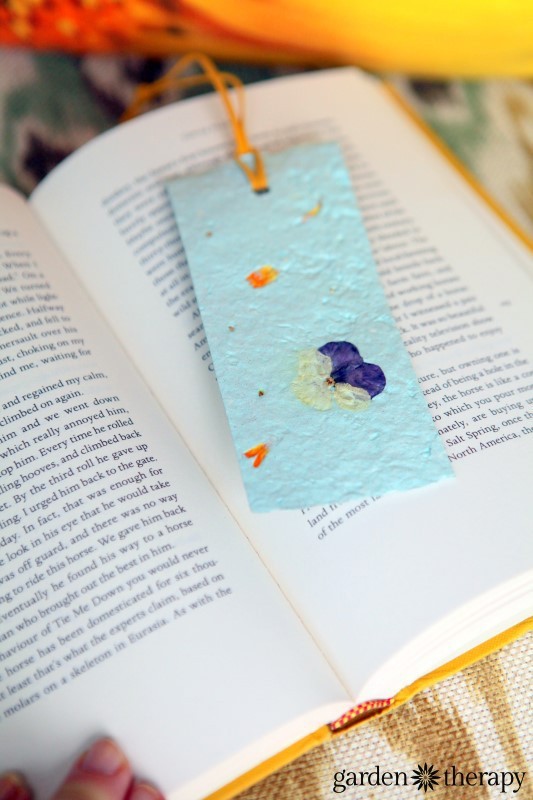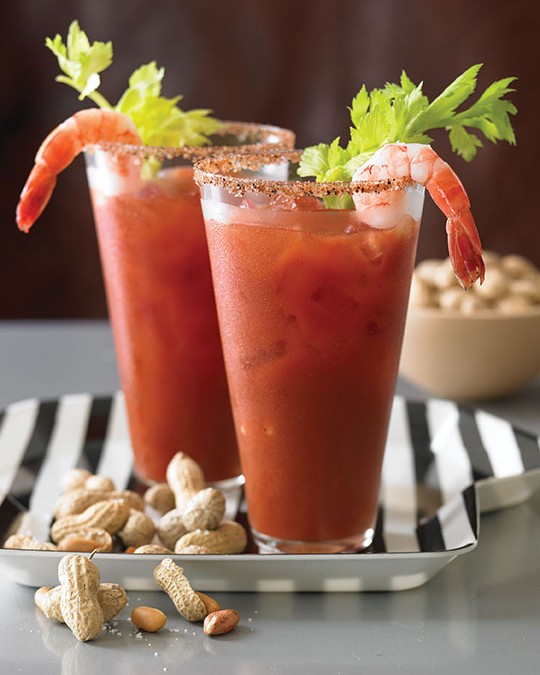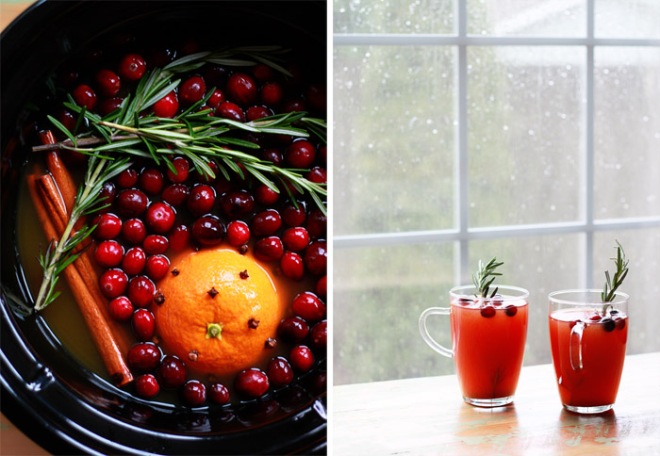
Seed paper is a beautiful and thoughtful way to share gardening with your friends and family. Whether it is used to make cards, gift tags, or other crafts, it is a sentiment that is most appreciated when torn up and buried in the earth!
Seed paper is made by using traditional papermaking techniques, during which seeds are embedded. Use handmade seed paper as you would any other craft paper: to make cards, gift tags, wrapping paper, bookmarks, envelopes, bows, or flowers. This disposable gift doesn’t just get tossed in the garbage after it has served its decorative purpose; instead it gets planted and begins a new life as flowers, vegetables, or herbs. The garden that seed paper grows will be enjoyed year after year, creating beauty and nourishing those who receive it.
Materials
Two artist canvases, with wood frames at least 1″ thick
Window screen
Scissors
Utility knife
Staple gun
Shredded paper (see Note)
Blender (an old blender or a dedicated craft blender is best)
Plastic tub large enough to comfortably fit the frames inside
Sponge
Seeds
Decorative items (optional)
Towel
Nonstick surface (such as granite, glass, Plexiglass, or silicone)
Note: What paper makes the best paper? Try using these items: shredded bills and junk mail; gift wrap and tissue paper; printer paper, magazines, and newspapers; toilet tissue, paper towels, and napkins; paper bags and nonwaxed cardboard packaging; card stock and construction paper.
Instructions
To make paper with a uniform thickness and size, you first need to make a papermaking mold and deckle. Remove the canvas from both the artist canvases, leaving two wooden frames. Cut the window screen so that it is larger than the wood frame, wrap it around the edges of one of the frames, and staple in place. Pull the screen quite taut around the frame while stapling. You will end up with one frame with a firm screen across the front (mold) and another wood frame the same size (deckle). With the mold on the bottom (screen mesh side up) and the deckle on top, you have made your very own papermaking screen. (Photos 1, 2, 3)
Grab a handful of shredded paper including some bits of tissue paper, craft paper, wrapping paper, or whatever paper you can find with some dye in it. Add the paper to the blender so that it is one half to two-thirds full when gently compacted. Fill the blender to the fill line with warm water and let it sit for an hour or until the paper breaks apart easily when touched. A thicker-weight paper will take longer to soften than tissue paper.
When the paper is thoroughly softened, whir it in the blender until you have a thick, pulpy slurry. (Photos 4, 5, 6)
Fill the plastic tub with enough warm water to allow the mold and deckle to be submerged. Now float the papermaking screen in the water, deckle side up. (Photo 7)
While holding the mold and deckle together, pour the slurry onto the screen (Photo 8)
Swish and wiggle the mold in the water to level the slurry and achieve about a one-quarter-inch thickness. Keep the top frame of the deckle out of the water so the slurry doesn’t spill into the tub.
Now is the time to add your seeds and decorative elements. Sprinkle seeds on the level slurry, gently press them in, and cover them up with some of the pulp. If you accidentally create a hole in the paper, wiggle it in the water to once again create a uniform thickness. Be creative in decorating your paper. The best items to use are flat and light such as flower petals, leaves, or grasses; seed catalogs and magazines (torn into smaller pieces); foil or glittery wrapping paper (torn into smaller pieces); waxed paper products like milk cartons and coffee cups; string or yarn; dryer lint. (Photos 9, 10, 11)
Hold both sides of the frame and slowly lift it from the water, allowing excess water to drain. Remove the deckle, turn the screen over, and press (paper side down) onto a smooth nonstick surface. Sponge away the moisture by pressing down on the back of the screen and squeezing the sponge out into the tub. (Photos 12, 13)
Repeat until not much moisture remains on the sponge. Gently remove the screen, leaving the paper on the nonstick surface. (Photo 14)
Gently shape and clean up the edges with the sponge, then set the paper aside somewhere that it will be undisturbed while drying, which could take up to a few days.
When the paper has dried, the edges may have curled. To flatten, simply stack all the dry sheets under a heavy pile of books and leave for a few days.
Making Paper Roses
To make these cheerful paper roses, cut the paper into a circle. Cut the spiral into the circle without cutting through to the end. Begin the spiral with a fairly thin width (about a quarter of an inch) and gradually get thicker. Don’t worry if the cuts aren’t uniform; a varying thickness along the spiral will just add to the organic appearance of the petals. Leave a 1 1/2 inch diameter circle in the center of the spiral.
Roll the spiral around itself starting at the outside edge continuing all the way to the center.
Add a few dabs of nontoxic glue where needed to hold the rose petals in place.
Planting Instructions
If you have made paper roses, they can be planted directly in the soil as is. For larger sheets of paper, tear them into half-inch pieces and scatter them on moist soil. Cover with a thin layer of soil and water. Keep moist until the seedlings emerge, then care for them as instructed on the seed packet. Seed paper can be grown in pots or directly in the garden. The instructions on the seed packet will be the same for seed paper, although for some types of seeds germination rates may be lower. Generally the seeds are placed in the wet paper pulp briefly, so this shouldn’t damage the seed as long as the paper is stored in a dry location and used within a relatively short period of time. Germination rates decline as seeds age so it’s best to use them within the year they were purchased.
Garden Made: A Year of Seasonal Projects to Beautify Your Garden & Your Life by Stephanie Rose















